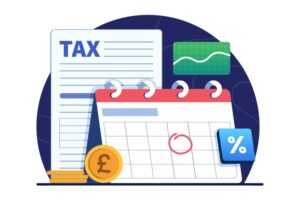Every business needs to keep accounting records – a summary of the financial transactions of monies in and out. This can be simple-literally just that record of receipts and payments, or it may be more complex, with invoices, foreign currency payments and receipts, sales via different platforms, etc.
There are many apps and tools which help populate the accounting records automatically such as bank feeds and data extraction tools, which cut down the manual entry significantly.
However, those transactions still need to be “coded up” to summarise the transactions under various headings e.g., telephone bills will be coded to Telephone, private payments from the business account should be coded to Drawings (if a sole trade/partnership) or Directors Loan Account (if a limited company).
There are also many items which should be checked regularly to ensure the balance on those accounts can be reconciled. For example, a PAYE balance in respect of tax and NI deducted from staff and employer NI contributions should clear down to 0 around the 19th/22nd of a month when payment is made to HMRC (assuming paid monthly). The bank account balance in the software should agree to the actual bank statement – sometimes it doesn’t as bank feeds are not infallible.
Keeping on top of the books has many advantages – you have a good picture as to where your business stands, both in regard to profit (or loss!) and cashflow; it is easier to remember what transactions are for; enables you to chase up unpaid sales invoices in a timely fashion. This will also save time at a year end when the accounts are prepared.
We can provide you with a work program if you so wish as to the checks and balances that will help ensure accuracy – or of course, we could do this for you.
Talk to us if you find bookkeeping a “chore” or would rather work on your own business than do the accounting!










